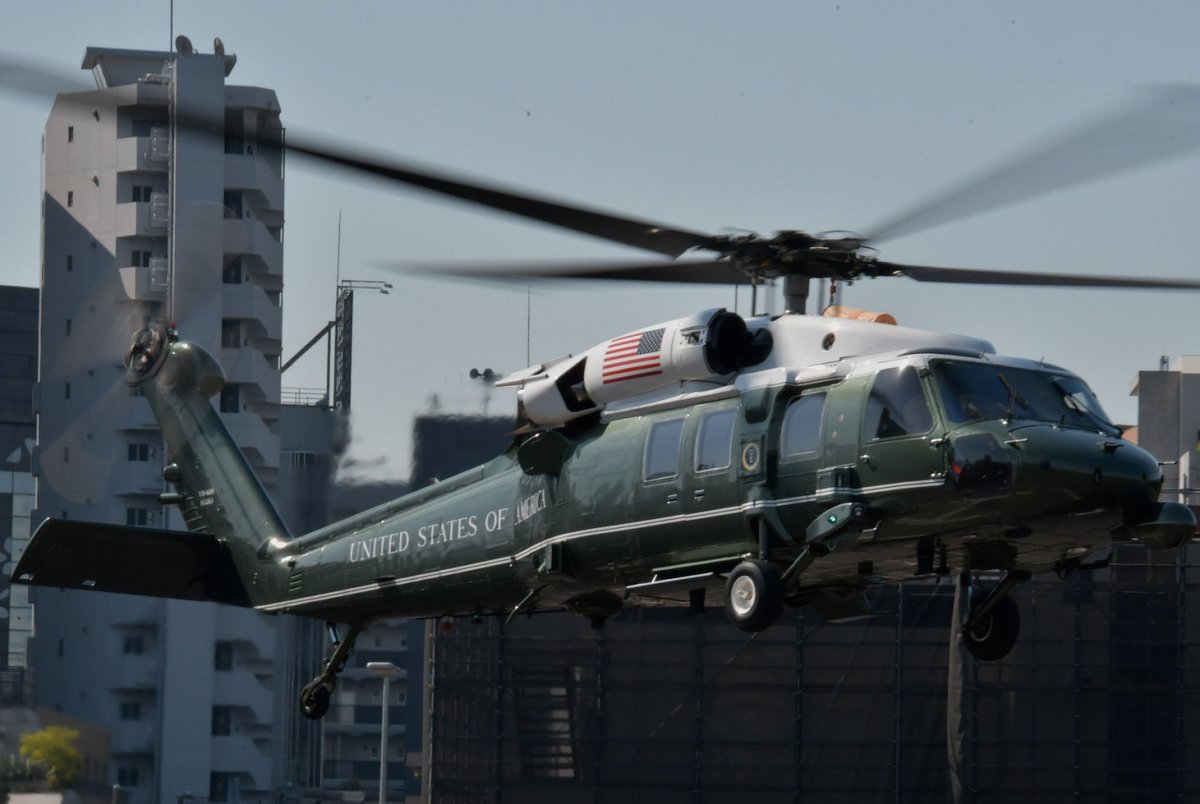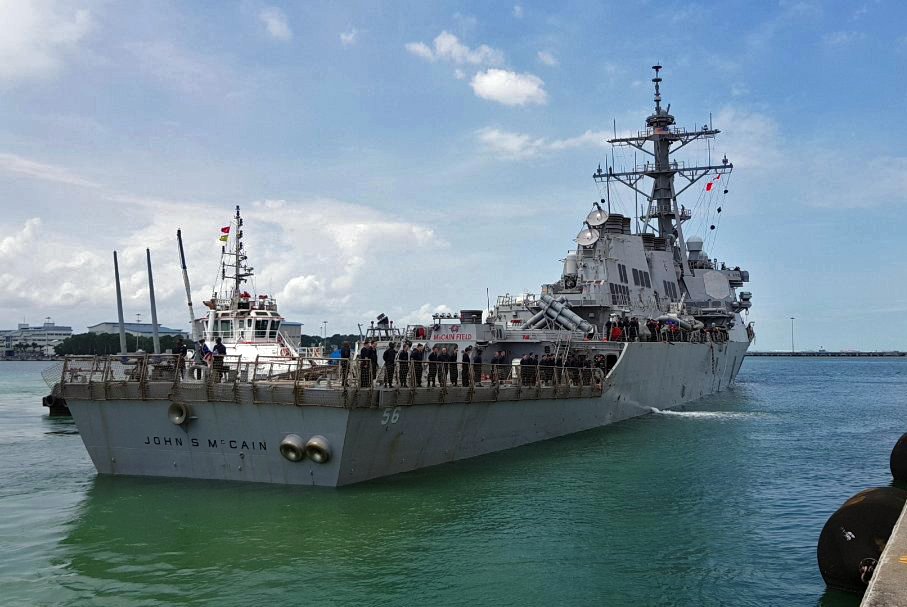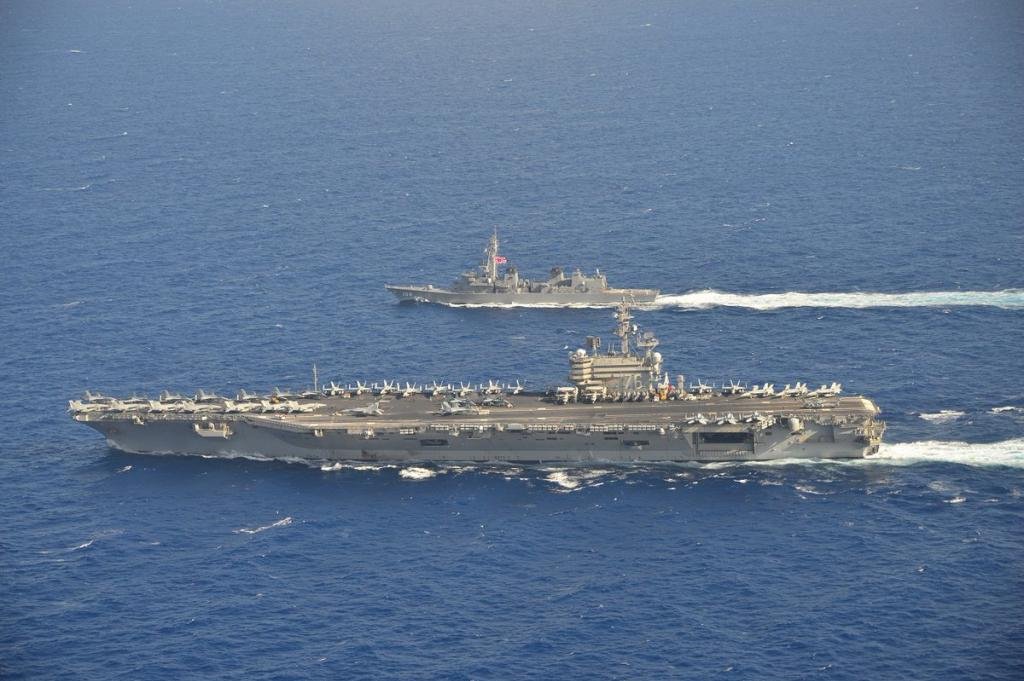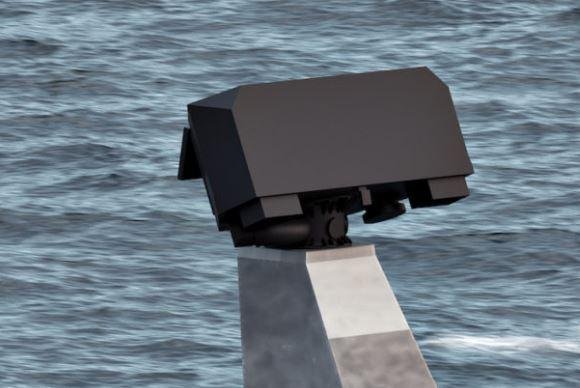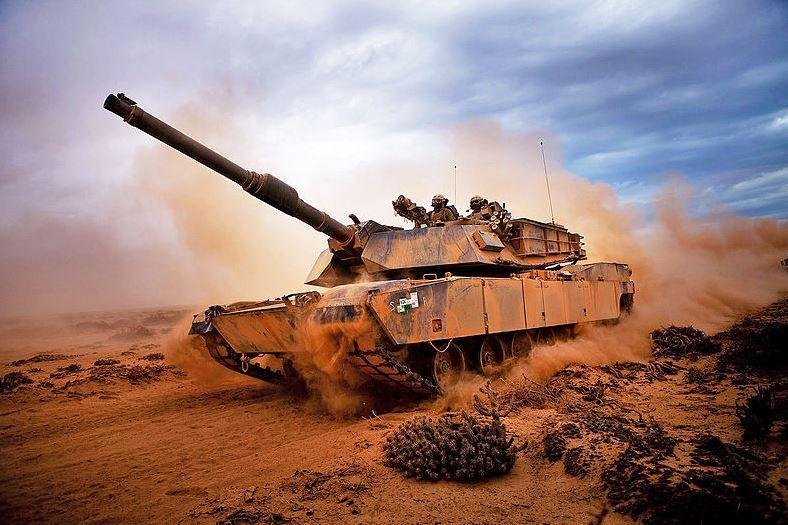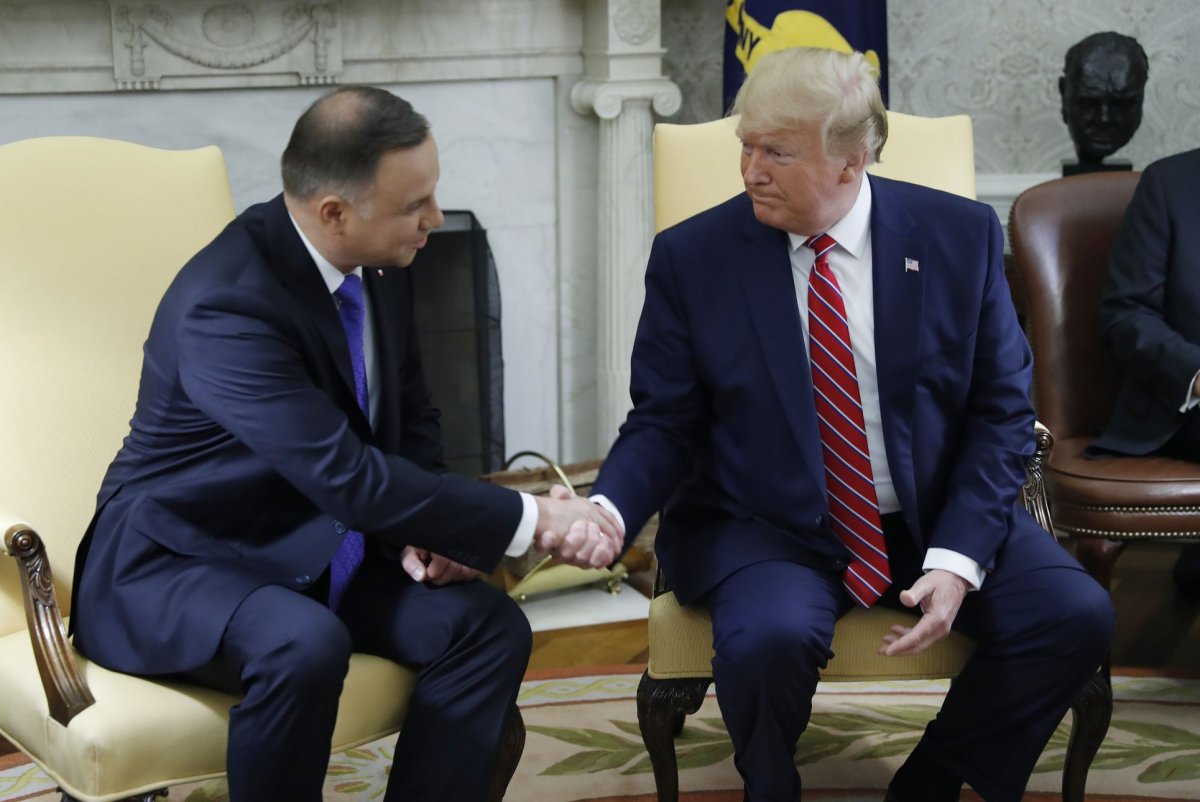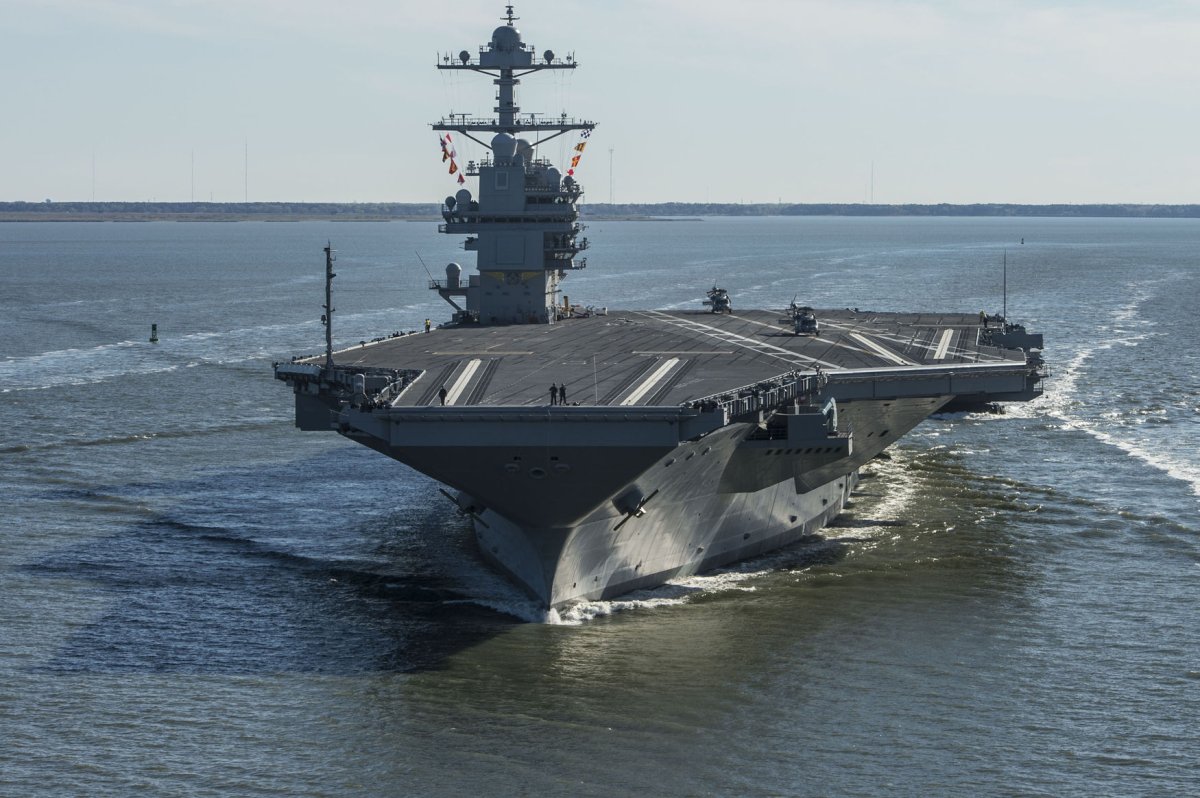Rockwell Collins to overhaul 'Blackhawk' helicopter displays in $49.1M contract
June 11, 2019
By Ed Adamczyk

Rockwell Collins Co. received a $49.1 million contract, the Defense Department announced on Tuesday, for maintenance and overhaul of the display units of the U.S. Army's UH-60 'Blackhawk" helicopters
File Photo by Suzanne M. Jenkins/U.S. Air Force/UPI | License Photo
June 11 (UPI) -- Rockwell Collins Co. was awarded a $49.1 million contract to overhaul and maintain display units of the U.S. Army's UH-60 "Blackhawk" helicopters, the Defense Department announced.
Funding and locations for the upgrades by the Cedar Rapids, Iowa, company will be determined with each order, according to the Pentagon's contract announcement.
The Blackhawk is designed to enable the Army to operate the helicopters for several more decades.
The helicopter first saw service in 1974 and is in used by at least nine countries.
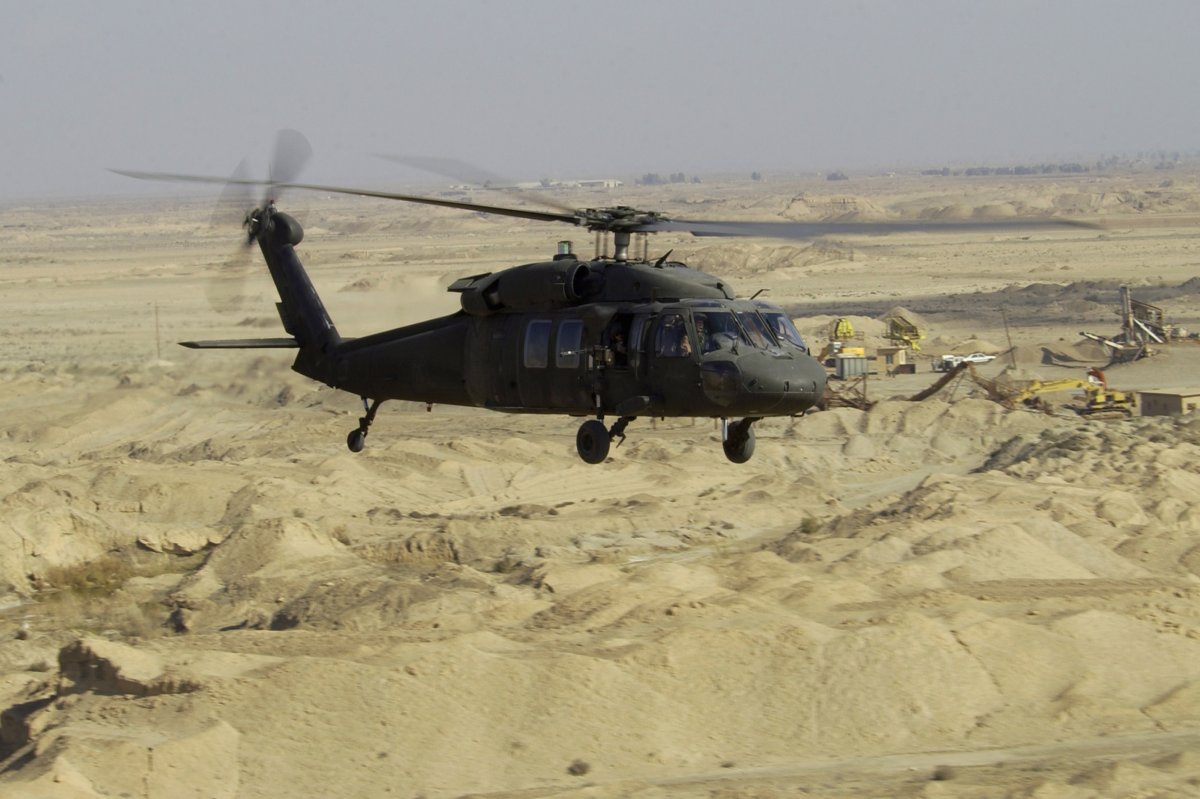
 www.upi.com
www.upi.com
June 11, 2019
By Ed Adamczyk
Rockwell Collins Co. received a $49.1 million contract, the Defense Department announced on Tuesday, for maintenance and overhaul of the display units of the U.S. Army's UH-60 'Blackhawk" helicopters
File Photo by Suzanne M. Jenkins/U.S. Air Force/UPI | License Photo
June 11 (UPI) -- Rockwell Collins Co. was awarded a $49.1 million contract to overhaul and maintain display units of the U.S. Army's UH-60 "Blackhawk" helicopters, the Defense Department announced.
Funding and locations for the upgrades by the Cedar Rapids, Iowa, company will be determined with each order, according to the Pentagon's contract announcement.
The Blackhawk is designed to enable the Army to operate the helicopters for several more decades.
The helicopter first saw service in 1974 and is in used by at least nine countries.

Rockwell Collins to overhaul 'Blackhawk' helicopter displays in $49.1M contract - UPI.com
Rockwell Collins Co. received a $49.1 million contract for work on display units of the Army's UH-60 "Blackhawk" helicopters, the Defense Department announced.

